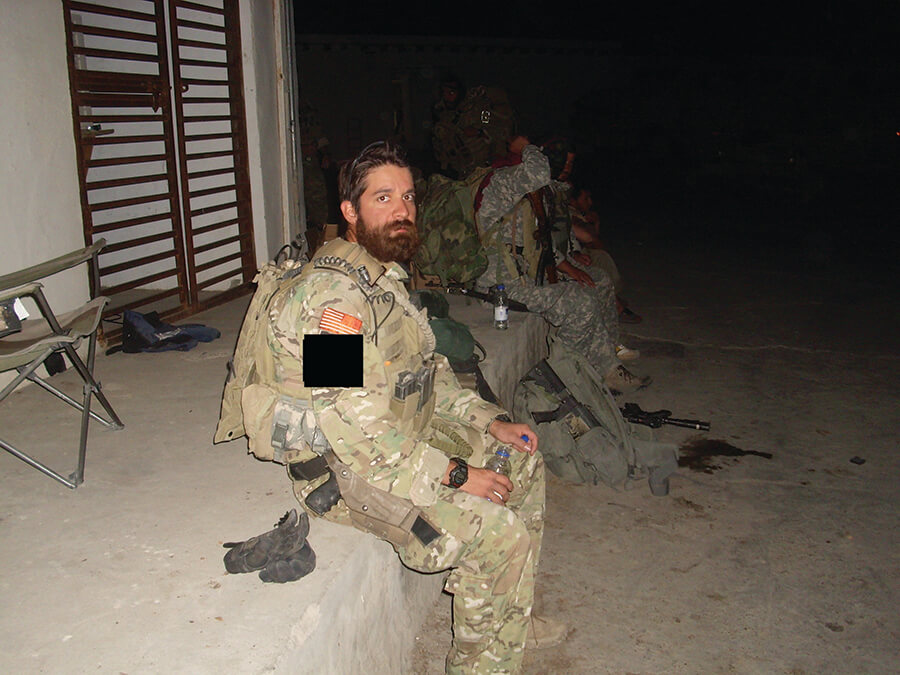

The Core Lesson – CT’s Story
By: Hannah Kimyon
After spending time getting to know CT, it’s hard for me to envision him as the man he described who was in a very dark place when he embarked on ibogaine therapy a few months ago. His presence, even over the phone and zoom, is warm and inviting. I remember being surprised when our first call, which ordinarily would take five to ten minutes, lasted an hour because he was so excited to share his experience and was so easy to connect with. CT’s transformation is truly a radical one, and though his journey can be described in a whirlwind of depth, all of these details can be boiled down to a simple lesson that, with the help of some crucial integration work, seems to have been the catalyst of the seismic shift in CT.
CT is a veteran who spent most of ten years in the Army as a Green Beret and then three years as a contractor. Although CT would come to realize that a lot of his underlying issues began long before his military service, thirteen years and seven deployments had also taken their toll. CT had become terrified of both his own death and the death of his loved ones after realizing in battle how easily and suddenly human life can be extinguished. He also suffered physiologically from the effects of traumatic brain injury via blast trauma. He wasn’t sleeping and struggled to make mental connections the way he once had. CT describes himself before ibogaine as someone who didn’t want to die, but who could not continue to live as he was. Something was off. He was disconnected and couldn’t stand to be around people. He would brush off opportunities to engage with his community, and even though he always showed up for his family and nine year old son, he describes a man who was only physically there. He was trying but couldn’t be present. He says he often needed to drink to be around others, even his friends, and realized in retrospect that he was dependent on alcohol.
After running the gamut of traditional treatment options through the VA, including counseling for traumatic brain injury and testing out plenty of medication models, he began exploring unconventional modalities for healing. He was willing to take his healing into his own hands and to try anything, but nothing seemed to move the needle. He found Heroic Hearts Project (HHP) online, and when there weren’t any immediate ayahuasca retreats for him to participate in, HHP referred him to an organization called Veterans Exploring Treatment Solutions (VETS), who sent CT through a retreat in Mexico to explore healing through a plant medicine called ibogaine.
Though it’s always impossible to truly convey the visceral depth and detail of a psychedelic experience with words, CT describes his ibogaine visions as a series of images and motion pictures flashing across a screen in his mind, guided by a female presence. He was shown, one by one, the wounds he needed to heal and issues he needed to tackle. In the beginning, the guide in his mind showed him an image of a vault: he knew instinctively that it contained the hardest and most important lesson of all. “You’re not ready for that yet,” she told him, and they proceeded to work through lesson after lesson, in rehearsal for “the big one.” Each time something negative was shown on the screen and he successfully worked through it, he and his internal guide would destroy it, sending it into the sky where it would explode like a firework.
In one particularly powerful scene, he was shown a monster who was screaming at him and telling him how horrible he was. “That doesn’t bother me,” he told her, and he conjured up an image of himself. The image began yelling obscenities and spewing hate at him. Not only did he realize this was his negative inner voice, but it dawned on him that this voice had been with him for as long as he could remember, reminding him how unworthy of love he was. “When we destroyed that negative inner voice, the sky exploded into absolute flames. It was the most intense show of fireworks I had seen that night.” He was depleted physically and mentally, but felt ready to tackle whatever his final lesson had in store for him.
“Just give me three seconds,” he told his guide, “and then I’ll be ready to see what’s in the vault.” He opened his eyes and took a minute to breathe. “I totally cheated and took more than three seconds, and when I closed my eyes again, the screen was still there but it was blank. My guide was gone. I pounded on the screen and screamed that I was ready, but nothing. Eventually the screen just went away. I came out of the experience in a worse place than when I entered it and proceeded to beat myself up for hours and hours about having fucked up the whole thing. I thought I had wasted my chance to heal whatever was in the vault.” CT notes that he had also brought a laundry list of questions and intentions into the experience. “I hoped that we’d go through everything she needed to show me and then I’d get to ask my questions, but time ran out.”
It was at this point, the point at which CT had been through the wringer and was left raw and in pain, that the hard but crucial work of integration began. CT sought a conversation with an integration coach the moment the sun came up and began to process what had happened. He realized that destroying his inner critic with his internal guide had only been the first step. He had needed to sit in his own self-hatred once more to realize “that’s not me anymore. There was no lesson in the vault. The whole thing was to teach me to have compassion for myself.”
Now, not only is the omni-present negative voice gone, but CT has begun to experience true self-love and self-gratitude as a result of this learning. The effects of that are endless. “I want to be around people now. I’m excited to participate. I haven’t had a drop of alcohol since the experience because I just don’t need it in order to be around people anymore or to cope with anything else. Life is too good! I’m present with my son and my family. All of the lessons and questions I had come into the experience with didn’t need to be addressed directly because this one change affected all of them. I’m also sleeping through the night for the first time in years. I can’t believe how much I can remember now and how much easier it is to stay focused.
It’s amazing how, when one person in a system heals, the ripple effects can be seen all around him. CT sees the compounding effects of his healing in his own son as well. “Without knowing anything about my ibogaine experience, one of my son’s coaches came up to me and mentioned that my son has been way chattier than usual lately. My son has always been reserved, and I’m realizing it’s probably because he had always seen me be reserved.” CT’s newfound openness to connection is contagious. People he has seen in passing for years but never spoken to have begun starting conversations. “I must be more approachable now,” he acknowledges. “Because I love myself, I’m in a space to connect with others.” Even his older dog suddenly acts like a puppy whenever CT is around.
It’s important to CT to convey just how grateful he is to HHP, VETS, The Mission Within, and to everyone who supports and facilitates psychedelic healing modalities. It wouldn’t be an understatement to say that through his healing journey, especially the integration work to make meaning of the experience, he is a changed man. He still chuckles in disbelief when he describes the person he is today. “By conventional standards, a lot of people thought I was an accomplished man before this experience. But everything I had accomplished up to that point, I did with the weight of self-hatred over my shoulders. Now I don’t even know what I’ll be able to do. The potential seems limitless.”
Update from CT: “Nearly three years later, I’m happy to report that I don’t drink alcohol, caffeinated coffee, or energy drinks. I’m still getting great sleep, which is such a gift that can be easily overlooked. I’ve since graduated from a major university, started/run a business that so many find value in and that continues to grow. I’m able to give back to the veteran community as others embark on their healing journeys, and my relationship with my wife and son is better than ever.”
